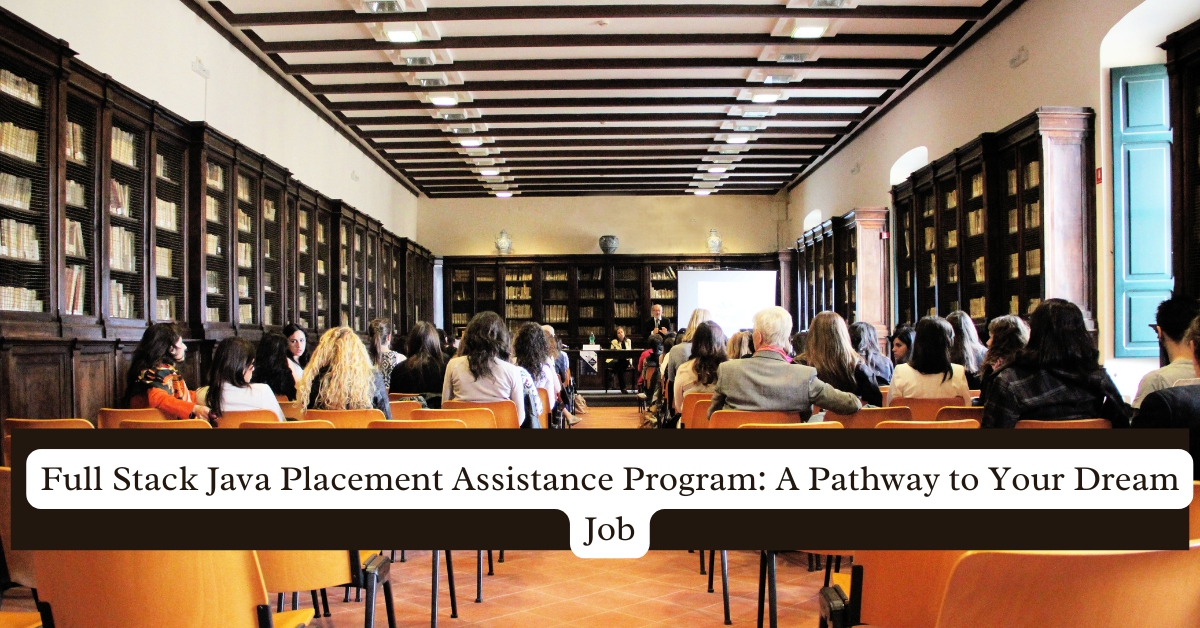In the world of web development, mastering both the front-end and back-end technologies is essential for creating fully functional and responsive web applications. UI Full Stack Web Development with React is an increasingly popular approach that empowers developers to build comprehensive applications using a single language across the entire stack—JavaScript. React, known for its efficiency and flexibility in building user interfaces, serves as the cornerstone of this development strategy. In this article, we’ll dive deep into what it means to be a UI full-stack developer with React, the tools and technologies involved, and best practices for success.
What is UI Full Stack Web Development with React?
UI Full Stack Web Development involves working on both the front-end (UI) and back-end of web applications. React, a powerful JavaScript library, is primarily used to build interactive user interfaces, but it also integrates seamlessly with various back-end technologies to create a full-stack solution. The full-stack approach allows developers to handle everything from designing the user experience to managing databases, making them versatile and highly sought after in the job market.
Core Technologies in UI Full Stack Development with React
- React.js: At the core of this approach is React, which is used to build dynamic and interactive user interfaces. React components, which are reusable pieces of code, allow developers to create complex UIs efficiently.
- Node.js: This JavaScript runtime environment is used on the back-end to handle server-side logic, making it possible to use JavaScript across the entire application stack.
- Express.js: Often used in conjunction with Node.js, Express is a minimal and flexible Node.js web application framework that provides a robust set of features for web and mobile applications.
- MongoDB: As a NoSQL database, MongoDB stores data in JSON-like documents, which makes it easy to integrate with JavaScript-based applications, including those built with React.
- Redux or Context API: For state management, React developers often use Redux or the Context API. These tools help manage the state of an application, ensuring that data flows smoothly between different components.
- CSS-in-JS: Tools like styled-components or emotion are used to style React components, keeping styles scoped to specific components and reducing the risk of global style conflicts.
The Development Process
1. Setting Up the Environment:
Before starting, you need to set up your development environment by installing Node.js and a code editor like Visual Studio Code. Using the command-line tool create-react-app, you can quickly bootstrap a new React project with all necessary configurations.
2. Building the Front-End with React:
React’s component-based architecture allows you to break down the user interface into reusable pieces. Each component handles its own logic and rendering, making it easier to manage complex UIs. React Router is often used for client-side routing, enabling smooth navigation between different views or pages.
3. Integrating the Back-End with APIs:
The next step involves connecting the React front-end with the back-end. This is typically done using RESTful APIs. You can use Axios, a promise-based HTTP client, to make API requests from your React components. The back-end, built with Node.js and Express, handles database operations and business logic.
4. Managing State:
In larger applications, managing state can become challenging. Redux or the Context API helps in centralizing the state, making it easier to pass data between components without prop drilling.
5. Testing and Deployment:
Before deploying, it’s crucial to test your application thoroughly. Tools like Jest for testing React components and Supertest for testing API endpoints are commonly used. Once tested, you can deploy your application to platforms like Heroku, AWS, or Vercel.
6. Continuous Integration and Deployment (CI/CD):
Incorporating CI/CD practices ensures that your application is always in a deployable state. GitHub Actions can automate the process of testing and deploying your application whenever changes are made to the codebase.
Best Practices
- Modular Code: Break down your application into smaller, reusable modules to make it more maintainable.
- Performance Optimization: Use React’s built-in features like code-splitting and lazy loading to improve performance.
- Security: Implement security best practices, such as validating inputs on both the front-end and back-end, to protect against attacks like SQL injection and XSS.
Conclusion
UI Full Stack Web Development with React is a powerful approach that enables developers to build robust, scalable web applications using a unified language across both the front-end and back-end. By mastering this stack, developers can create seamless, full-featured applications, making them highly valuable in today’s tech landscape.
FAQs
1. What are the prerequisites for learning UI Full Stack Web Development with React?
To get started, you should have a basic understanding of HTML, CSS, and JavaScript. Familiarity with modern JavaScript ES6+ features will also be helpful.
2. Why is React preferred for full-stack development?
React is favored for its component-based architecture, which promotes reusability and efficient UI rendering. Its ability to integrate with various back-end technologies makes it a versatile choice for full-stack development.
3. How does state management work in React applications?
State management in React can be handled using Redux or the Context API. These tools help maintain a consistent application state across various components, especially in larger applications.
4. What are some common challenges in UI Full Stack Web Development with React?
Common challenges include managing state in large applications, optimizing performance, and ensuring secure communication between the front-end and back-end.
5. What career opportunities are available for full-stack developers with React skills?
Full-stack developers with React skills are in high demand. They can work in various roles such as front-end developers, back-end developers, or full-stack engineers, with opportunities in startups, tech companies, and enterprise environments.
By mastering UI Full Stack Web Development with React, you equip yourself with the skills needed to build dynamic, scalable, and efficient web applications, positioning yourself as a key player in the web development industry.




